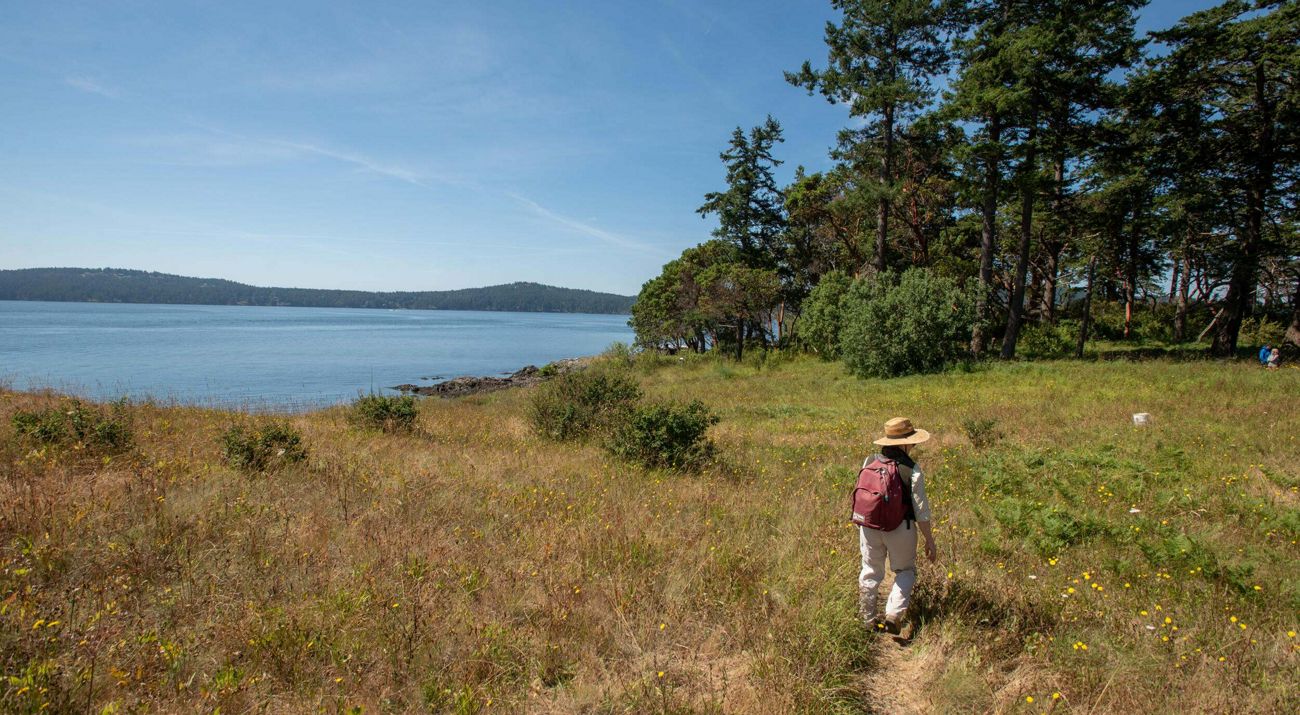Over the years, Wenatchee has consistently grown from its core out into the canyons and into the foothills. Vacant, undeveloped land is now a rarity within the city limits, and the foothills are increasingly under pressure from new development. As that pressure mounted, so did the need to create a proactive conservation strategy for the foothills.
From 2009 to 2010, the Land Trust worked with the Trust for Public Land (TPL), Chelan County, and the City of Wenatchee to engage over 200 citizens and 20 organizations to create the Wenatchee Foothills Community Strategy. The Foothills Plan balances new growth with priorities for recreation, wildlife, and other values that people hold dear.
Year Published: 2010
State: Washington
Landscape Context: Inland
Housing Density: Suburban, Rural
Funding Type: Private
Habitat Focus: Forest, Shrubland
Organizations Involved:
The Trust for Public Land, Chelan County, City of Wenatchee, and the Chelan-Douglas Land Trust
Values:
Open Space/Habitat, Recreation, Sustainability, Community Education, Biodiversity
Stakeholder Involvement:
Stakeholders were fully integrated (including leadership scoping meetings, focus groups, technical advisory groups, and two public workshops).
Planning Process:
The planning process followed the below stepwise process:
Phase 1: Vision, walues, and opportunities identification
Phase 2: Resource identification and conceptual plan development
Phase 3: Goal, strategy, and action development
Phase 4: Plan completion and implementation.
Desired Outcomes:
The Wenatchee Foothills Community Strategy aimed to:
1) Guide development to appropriate areas of minimum conflict throughout the Foothills while adequately meeting the needs of the growing community;
2) Conserve a diversity and abundance of wildlife, habitat, and open space features important to the ecological health of the Foothills;
3) Provide a sustainable system of trails and amenities that supports multiple recreational uses now and into the future; and
4) Build community understanding, support, and involvement in Foothills issues and activities to further community investment in and stewardship of Foothills resources.
What It Accomplished:
Over 1,000 acres have been protected through fee and easements, and over $6 million has been raised or leveraged directly or indirectly in relation to this plan.
